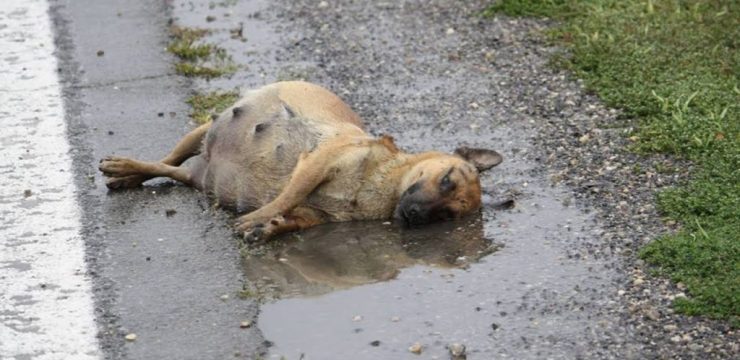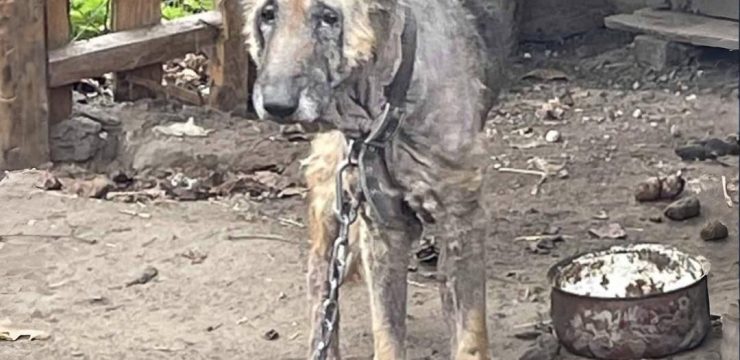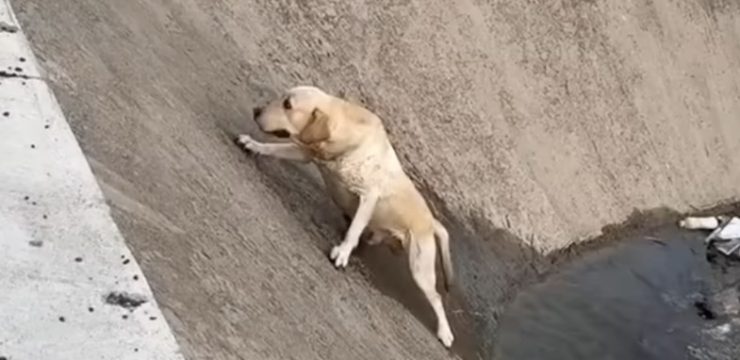In 2001, Patrick Hardison’s life changed forever when he rushed into a burning house, risking everything to save a woman trapped inside. Though his heroic act saved a life, Patrick himself suffered devastating injuries. Third-degree burns consumed his face, scalp, and upper body, leaving him permanently disfigured. For years, he endured constant pain, endless surgeries, and the harsh stares of strangers, a daily reminder of the fire that had altered his world. To avoid unwanted attention, Patrick wore a baseball cap, sunglasses, and prosthetic ears whenever he went out. Despite numerous reconstructive surgeries, doctors couldn’t restore his ability to perform basic facial functions such as blinking or smiling. His physical pain was relentless, and the emotional toll of living behind a mask was equally heavy. For over a decade, Patrick dreamed of reclaiming a sense of normalcy, but his options seemed limited. That changed in 2015 when a groundbreaking opportunity gave him hope: a face transplant. After years of searching for a suitable donor and undergoing extensive preparation, Patrick was selected to undergo what would become the first successful full face transplant in the United States.

The surgery, performed at NYU Langone Medical Center under the leadership of Dr. Eduardo D. Rodriguez, was one of the most complex procedures in modern medical history. The operation lasted 26 hours and required the expertise of more than 100 medical professionals working in shifts. The donor was David Rodebaugh, a 26-year-old who tragically lost his life in a biking accident. David’s mother, Nancy Millar, made a life-changing decision in the midst of grief: she chose to donate her son’s face to Patrick, giving a stranger a second chance at life. This act of selflessness would become the cornerstone of Patrick’s miraculous transformation.
The risks of the surgery were immense. Patrick’s chances of survival were only 50/50, and even if successful, there was no guarantee that his body would accept the new face. The recovery process would be long, challenging, and filled with potential complications, including the risk of rejection or severe infection. But Patrick knew this was his only real chance to live without the constant burden of pain, deformity, and isolation. Against the odds, the surgery was a success. For the first time in nearly 15 years, Patrick looked in the mirror and saw not just a face, but a future filled with possibilities. The emotional weight of that moment was indescribable—not only for Patrick but also for David’s family, who found solace in knowing their loss had given someone else hope.
The months following the transplant were grueling. Patrick had to relearn how to speak, swallow, and make facial expressions. Physical therapy became part of his daily routine, helping his muscles adjust to the new face. There were moments of doubt and fear, but Patrick pushed through every obstacle, determined to honor the gift he had been given. Slowly, he began to rebuild his life, gaining confidence to walk in public without hiding behind hats or glasses. Today, Patrick leads a fulfilling life surrounded by his family and friends. He is working on a book that shares his journey, aiming to inspire others who face life-altering challenges. His message is simple but powerful: never give up, no matter how dark the road ahead may seem.
Patrick Hardison’s story is more than a tale of tragedy and survival—it’s a testament to the incredible power of modern medicine, the resilience of the human spirit, and the profound impact of kindness and generosity. The courage of one man, the skill of an extraordinary medical team, and the compassion of a grieving mother came together to make history, proving that even after unimaginable loss and suffering, there is always hope for a second chance at life.





